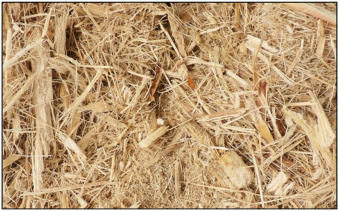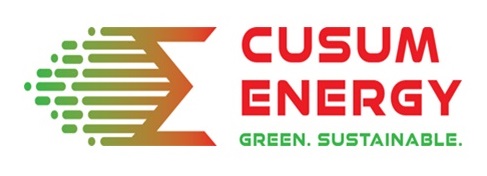
In sugar production, nothing goes to waste. After extracting juice from sugarcane, what remains bagasse (fibrous residue) is transformed into a renewable energy source that powers entire sugar factories.
This process is part of a sustainable approach known as cogeneration, which allows factories to produce both electricity and heat from the same fuel source.
Step 1: Turning Waste into Fuel
When sugarcane is milled, it reduces two major products:
- Raw Juice Sugar: the product that goes to sugar house for processing
- Bagasse: the fibrous residue of sugarcane that is used as boiler fuel.
Step 2: High-Efficiency Combustion and Steam Generation
The bagasse is fed into high-pressure furnaces, where they are burned to generate heat. This heat converts water into high-pressure steam, which has two main uses:
Electricity generation
The steam drives turbines connected to generators, producing electricity for the factory’s operations.
Process heat
Steam is also used directly in the sugar-making process—heating juice during clarification, evaporation, and crystallization.
Step 3: Heat Recovery for Maximum Efficiency
After powering the turbines or heating processes, the steam does not go to waste. The low-pressure exhaust steam is captured and reused for:
- Preheating juice or water
- Drying sugar
- Heating other sections of the plant
This heat recovery system significantly reduces the overall energy demand of the factory.
Step 4: Cogeneration and Grid Power
This integrated system where both heat and electricity are produced from the same biomass fuel is called cogeneration.
In fact, many sugar factories generate more electricity than they need, allowing them to export surplus power to the national grid, creating an extra revenue stream while supporting local communities with clean energy.
Benefits of Biomass Heat Recovery in Sugar Factories
Zero Waste
The bagasse-which is the by-product goes into useful use and powers all energy operations of the factory.
Lower Carbon Footprint
Replacing fossil fuels with biomass reduces greenhouse gas emissions.
Energy Independence
Factories become self-sufficient, reducing reliance on external power sources.
Cost Savings
Recovering and reusing heat improves efficiency and reduces fuel costs.
Revenue Generation
Surplus electricity can be sold to the grid, providing an additional income stream.
Driving a Circular Economy in the Sugar Industry
This closed loop system exemplifies the circular economy, where by-products are turned into valuable resources. By investing in biomass heat recovery and cogeneration, sugar factories are not just producing sugar they’re generating sustainable, renewable energy that powers their operations and benefits surrounding communities.
At Cusum Energy, we support industries like sugar production with innovative heat recovery and energy efficiency solutions. By helping factories embrace cleaner technologies, we’re driving a future where sustainability and productivity go hand in hand.

